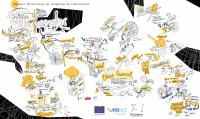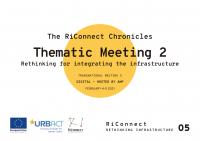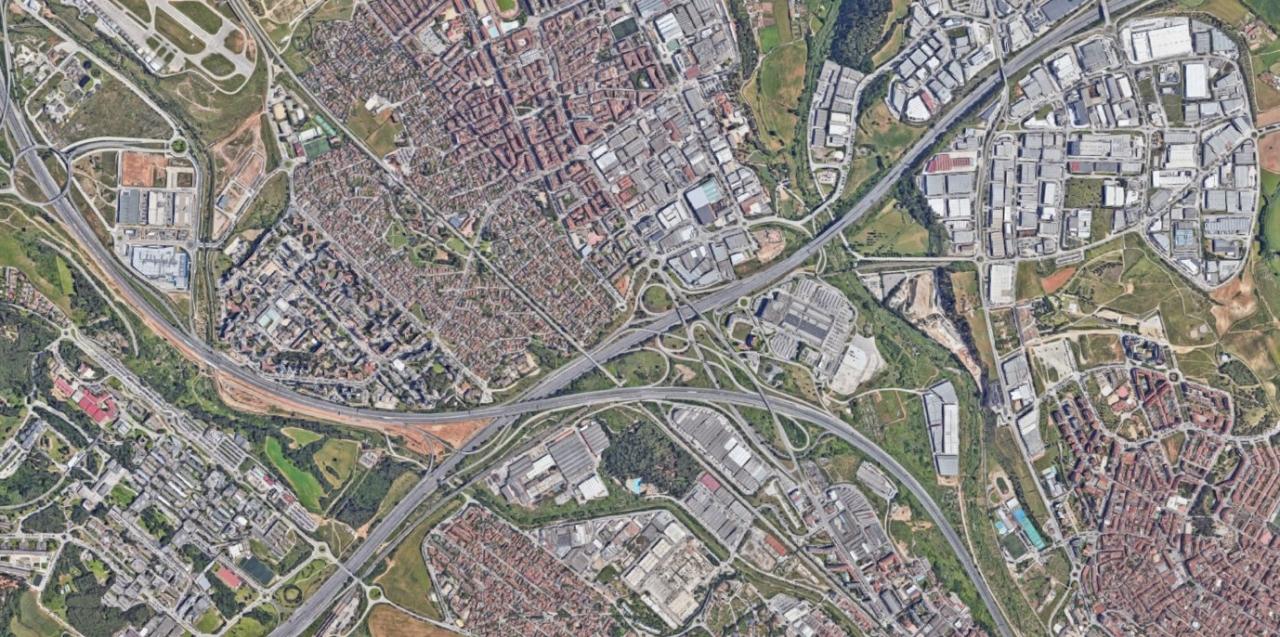
Roland Krebs, RiConnect Lead Expert, shares his view on the leftover spaces around mobility infrastructure. A better integration of infrastructure can lead to the activation of surrounding spaces and an improvement of public space, adding value to formerly unoccupied areas.
Two of the key questions of RiConnect are how we can integrate the mobility infrastructure in metropolitan areas and how could those areas be transformed into human scale urban areas. Metropolitan areas, especially on the fringe, tend to be fragmented and socially segregated with low quality urban spaces. We speak of “space left over after planning”, residual spaces or urban voids that were left over after higher-level infrastructure decisions. Over the time, those areas tend to be filled up with monofunctional uses, for example shopping malls, logistic areas, or low density residential areas without any concrete development vision and goals and no access with public transport, because those areas may be governed by municipalities in functional agglomerations that have no coordination between them. This lacking coordination leads to negative externalities of urban sprawl and even more dependency on cars.
RiConnect wants to develop strategies to activate those urban voids, and integrate them into the fragmented urban structure, create connections around those segregated areas with active mobility and create meaningful, quality urban spaces that might even become economically interesting mixed-use hubs. RiConnect is analysing these mobility infrastructures and urban voids and develops a set of diverse planning targets and solutions:
- Rethink infrastructures and shift from individual car use to public transport
- Consider internal growth, potentially activate and add value to these places
- Stop monofunctional and low-density land consumption and unplanned city growth
- Develop visions to increase modal share of walking and cycling (together called: active mobility) and force individual car transit to shift to public transport.
Our project partners develop area-based solutions that will be important pilot plans to be potentially rolled out in future projects in their respective metropolitan areas. In our research of RiConnect we analysed the nature of mobility infrastructure of all partnering metropolitan areas and identified three main typologies of infrastructure:
- Nodal Infrastructure – Mobility Hubs and urban regeneration of the surrounding areas: Vervoerregio Amsterdam (VA), Transport for Greater Manchester (TfGM), and Krakow Metropolitan Area (KMA)
- Linear Infrastructure – conversion of a National Road and integration with its surroundings: Metropole Grand Paris (MGP), Barcelona Metropolitan Area (AMB), and Porto Metropolitan Area (AMP)
- Areal Infrastructure – integration of Green Infrastructure and Mobility: Gdansk-Gdynia-Sopot Metropolitan Area (OMG-G-S) and Thessaloniki Metropolitan Area (MDAT)
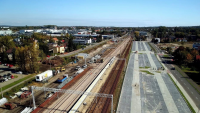
Figure 1: The newly constructed Park and Ride Area in Skawina, Krakow Metropolitan Area. Source: KMA
How can the partners of RiConnect integrate Infrastructure and build a better human-scale metropolis? We identified three criteria for re-development of metropolitan areas:
- Space underneath and above infrastructure: improve the infrastructure, activate under-utilized areas, improve the surrounding towards human-scale and active mobility, promote a mobility shift to carbon-free mobility
- Horizontal mixture of different forms of mobility: reduce space for cars and favour public transport, 15-min-approaches, create human-scale public spaces, introduce place-led development approaches and test with placemaking interventions
- Conversion of obsolete infrastructure: convert into active public spaces, regenerate areas, and make historic value visible, reduce car-use and promote public transport to access these areas.
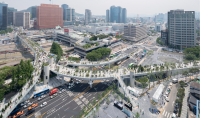
Figure 2: Integrated Project of infrastructure conversion by MVRDV in Seoul, Source MVRDV
We are concluding that there will be a rapidly growing mobility demand in metropolitan areas, especially public transport (rail and bus), but also, active mobility. The high-level decisions from national and regional governments sometimes leave out a local dimension with the spatial and social impact of those decisions. It reveals a huge gap of multi-governance decision making. A solution to overcome the culture of mono-sectorial metropolitan planning is to introduce an integrated planning approach that includes mobility-visions that are interlinked with urban design, economic development, social, cultural, and environmental dimensions. Metropolitan areas and functional agglomerations are certainly more than the sum of urban voids. An integrated project vision might avoid newly fragmented areas and might repair the damage already made with integrated urban regeneration projects.
|
The RiConnect Chronicles 05: Thematic Meeting 2 Rethinking for physically integrating the infrastructure is one of the overarching goals of the network. As such, we discussed the issue and learnt from successful projects at the RiConnect Transnational Meeting 5, celebrated online in February 2021. A summary of the discussion is available at The RiConnect Chronicles 05, a record of events in the order in which they occurred, to highlight the most relevant ideas to the topic dealt with during this meeting.
|
Roland Krebs is the Lead Expert of the RiConnect network. He is an Urban planner and urbanist, and director of Superwien urbanism, where he develops strategic action plans for cities to tackle urban growth. He has a vast, international experience in urban planning, design and development, real estate development, land use planning and regional planning.
Cover image: Urban Fragments of Uses in the Barcelona Metropolitan Area. Source: google maps


